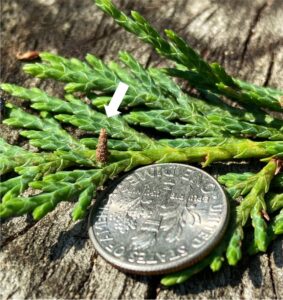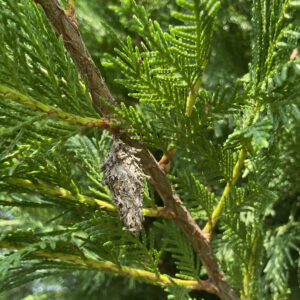Just in time for the holiday season! Please listen and SHARE with clientele.
Listen to our NEW “Choosing the Perfect Christmas Tree” podcast by clicking here
Agents Tim Waller (Cumberland) and Bill Errickson (Monmouth) were invited by Rutgers – Ask the Agent – hosts Steve Komar (Sussex), Bill Bamka (Burlington), and Lisa Chiariello (Sussex), to discuss all things Christmas Trees in New Jersey.
The goal of this podcast was to provide the general public with an idea of what it takes to produce a perfect Christmas Tree. We discuss tree production, why Christmas trees cost what they do, variety considerations, complexities of this industry, seasonal offerings, tree care (cut vs choose and cut vs B&B trees), the importance of supporting local communities and traditions, as well as offering some resources for current Christmas tree operators.
Please share this podcast with your clients, and keep an eye for more podcasts to come.
Please visit the Ask the Agent Podcast Page for more interesting topics!
 .
. 
